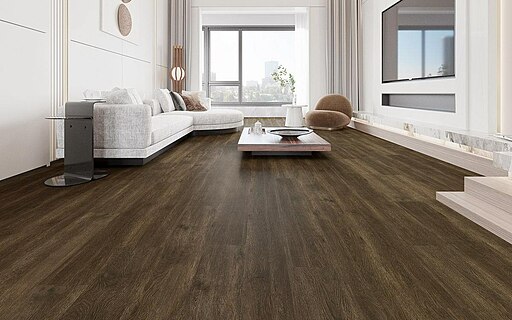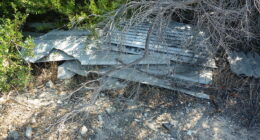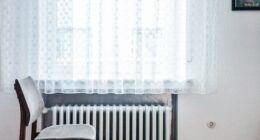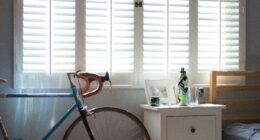Laminate flooring has an HDF core with a photographic layer, while vinyl flooring is synthetic and offers more moisture resistance.
TL;DR Laminate Flooring Vs. Vinyl Flooring
Laminate flooring offers durability and easy maintenance, thanks to its scratch-resistant surface and moisture resistance. It’s also known for its realistic wood or stone appearance, making it a popular choice for those seeking an affordable alternative to natural materials.
Vinyl flooring provides excellent water resistance and can withstand high levels of foot traffic without showing signs of wear. Its versatility allows you to choose from countless patterns and colors, giving you more flexibility in designing your space.
What is Laminate flooring?
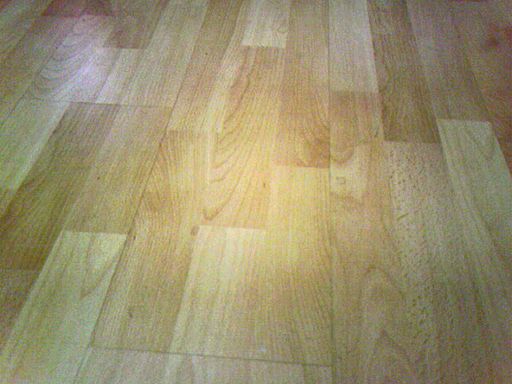
Laminate flooring is a popular choice for homeowners and businesses alike due to its durability, affordability, and versatility. But what exactly is laminate flooring?
Laminate flooring is a synthetic product designed to mimic the appearance of hardwood or stone floors. It consists of several layers that are fused together using heat and pressure. The top layer, known as the wear layer, is made from a transparent protective coating that resists scratches and stains. Beneath this layer lies a high-resolution image of wood or stone grain, which gives laminate its realistic appearance.
The next layer is the core layer, usually made from compressed fiberboard or particleboard. This provides stability and strength to the flooring. There’s an underlayment layer that helps with sound absorption and moisture resistance.
One significant advantage of laminate flooring is its ease of installation. It typically comes in interlocking planks or tiles that can be floated over existing subfloors without the need for glue or nails. This makes it a great option for DIY enthusiasts looking to save time and money on professional installation.
Additionally, laminate flooring offers excellent durability against daily wear and tear. Its scratch-resistant surface makes it ideal for high-traffic areas such as living rooms or kitchens where spills and accidents are common occurrences.
Furthermore, maintenance for laminate flooring is relatively straightforward compared to other options like solid hardwood floors. Regular sweeping or vacuuming followed by occasional damp mopping should keep your laminate floors looking pristine year after year.
What is Vinyl Flooring?
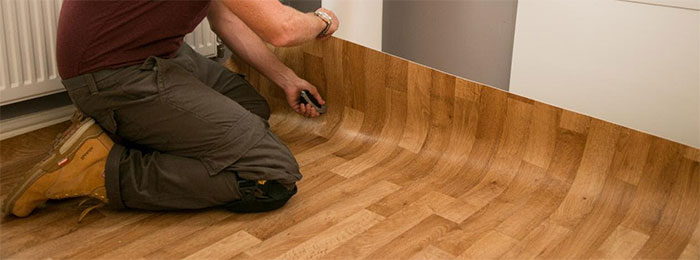
Vinyl flooring is a popular choice for homeowners and businesses alike. It is a versatile and durable option that offers many benefits. So, what exactly is vinyl flooring?
Vinyl flooring is made from synthetic materials, primarily PVC (polyvinyl chloride) resin. It comes in two main types: sheet vinyl and luxury vinyl tile (LVT). Sheet vinyl is one continuous piece that can be cut to fit the space, while LVT consists of individual pieces that mimic the look of real tiles or planks.
One of the biggest advantages of vinyl flooring is its water resistance. This makes it an ideal option for areas prone to moisture, such as bathrooms and kitchens. Vinyl flooring also offers excellent durability, able to withstand heavy foot traffic without showing wear and tear easily.
In terms of aesthetics, vinyl flooring has come a long way over the years. It now comes in a wide range of colors, patterns, and textures to suit any style or decor theme. Whether you prefer the look of hardwood or stone, there’s likely a vinyl option available that will meet your needs.
Maintenance-wise, vinyl flooring requires minimal effort to keep clean – just regular sweeping or vacuuming along with occasional mopping with mild soap and water should do the trick.
Laminate Flooring Vs. Vinyl Flooring – Key differences
| Aspect | Laminate Flooring | Vinyl Flooring |
|---|---|---|
| Composition | HDF (High-Density Fiberboard) core with a photographic layer and a clear wear layer | Synthetic materials, typically PVC (polyvinyl chloride), with layers including a wear layer |
| Installation | Often installed as floating floors, with planks or tiles that click and lock together | Can be installed using various methods, including glue-down, click-and-lock, or loose lay |
| Durability | Resistant to scratches and wear, making it suitable for high-traffic areas | Durable and resistant to wear, with some options having enhanced scratch resistance |
| Moisture Resistance | Not inherently waterproof and can be damaged by excessive moisture | Offers moisture resistance, and some vinyl options are entirely waterproof, suitable for wet areas |
| Appearance | Mimics the look of wood or stone but may not feel as authentic as natural materials | Offers a wide range of designs and textures, including realistic wood and stone looks |
| Comfort | Tends to be firmer underfoot and may require underlayment for added comfort | Softer and warmer underfoot, providing more comfort without the need for additional padding |
| Maintenance | Relatively easy to maintain, often requiring regular cleaning and avoiding excess moisture | Easy to clean and maintain, typically more forgiving when it comes to moisture |
| Installation Areas | Suitable for most indoor areas, excluding wet spaces like bathrooms | Versatile and can be used in a variety of indoor spaces, including bathrooms and kitchens |
| Cost | Generally cost-effective, with various price points depending on quality and design | Offers a wide price range, with budget-friendly options and premium designs available |
Image Credits
Featured Image By – Cheng WANG, CC BY-SA 4.0, via Wikimedia Commons
Image 1 By – User:Cro-Cop2, Public domain, via Wikimedia Commons
Image 2 By – Andrealopezb, CC BY-SA 4.0, via Wikimedia Commons
